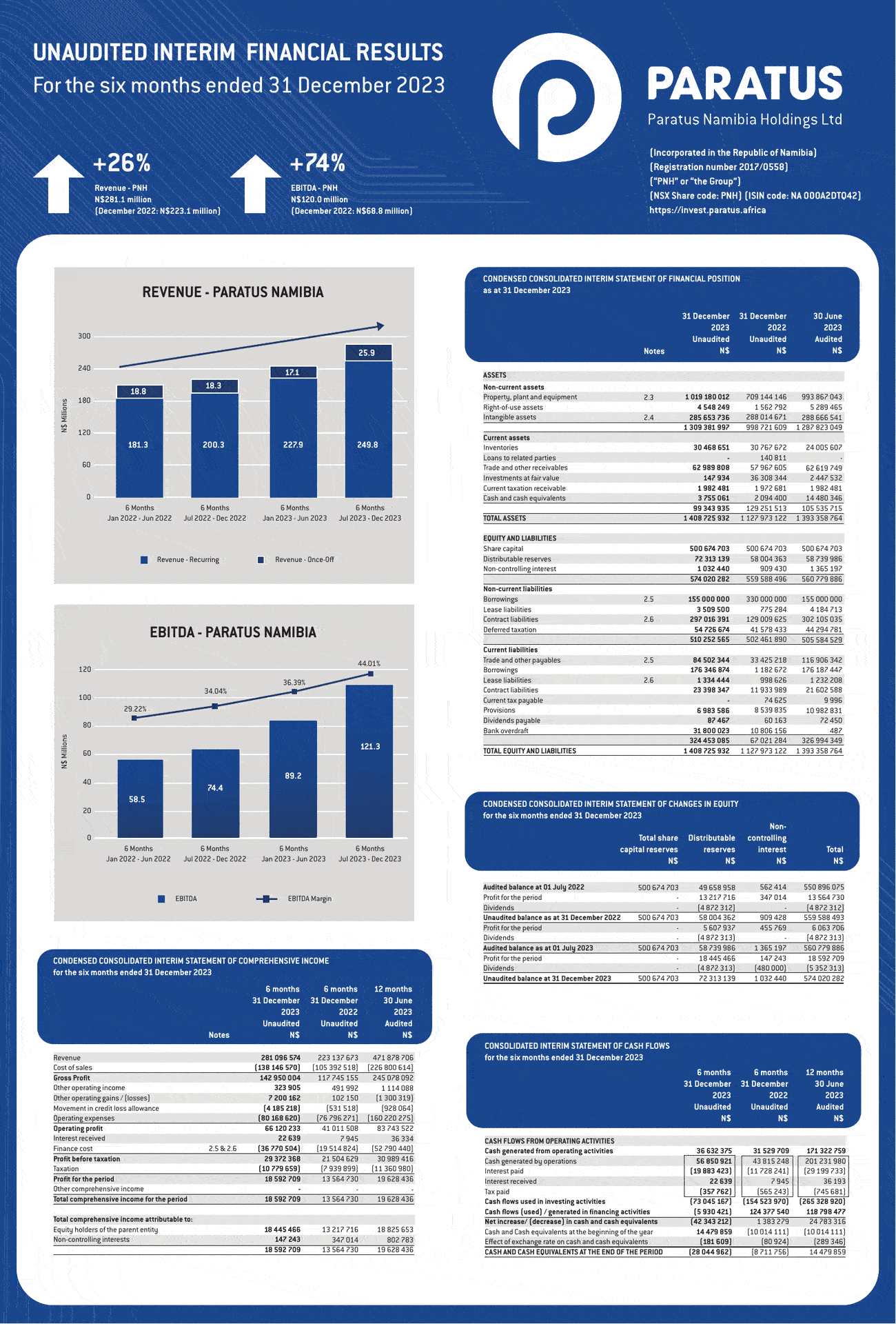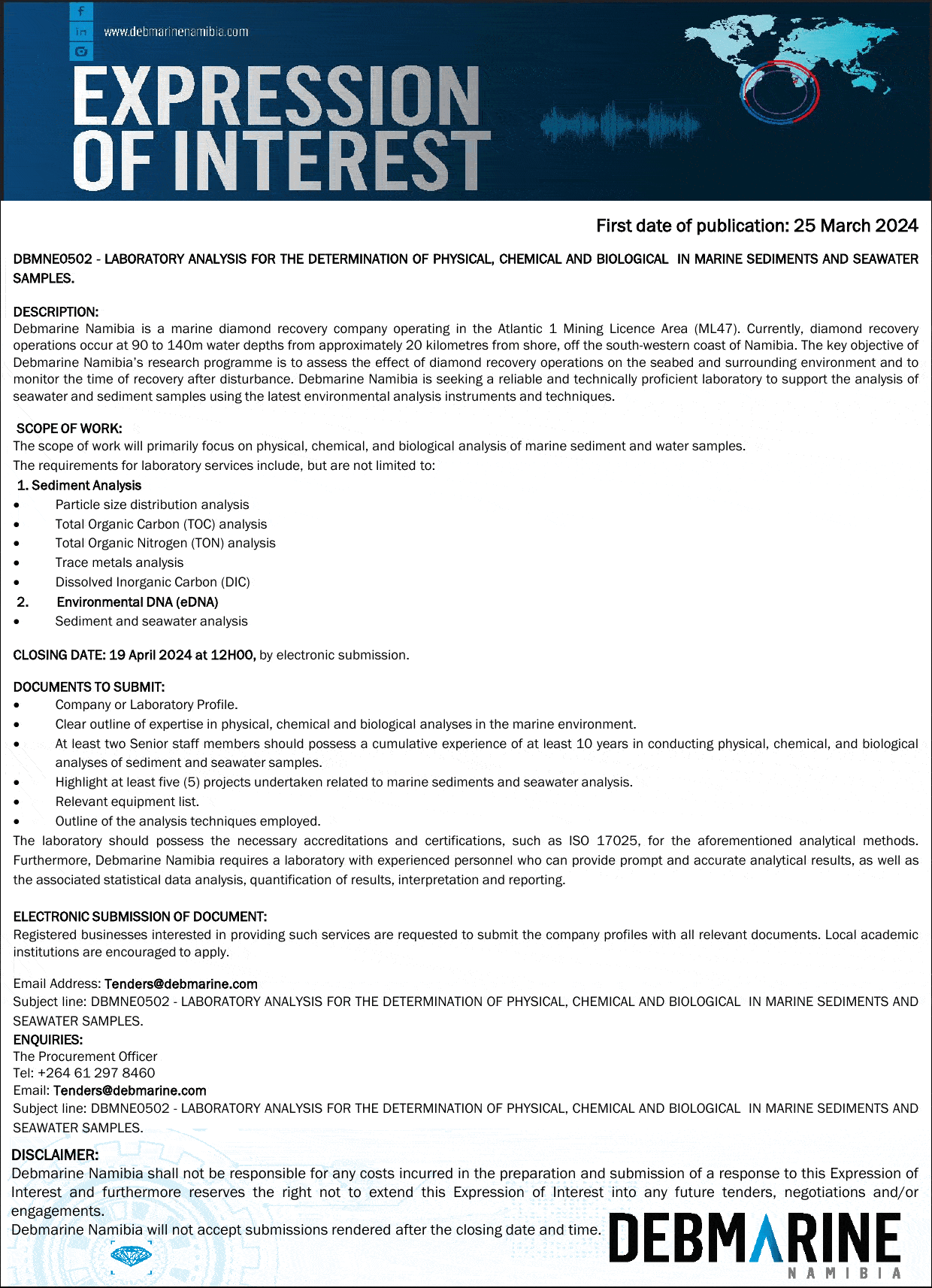
It’s not a rare earth element but it holds much promise
Nibbling on a bouquet of tentative, early outlooks for 2015, I came across a newsletter by a renowned contrarian investor who has been backing biotechnical companies for most of 2014. In overseas markets, biotech companies are seen as candidates for a new boom, similar to the dotcom bubble that popped in 2001. The trick, however, is to know in advance which few companies are going to make the break-through discoveries, and which are going to become collateral damage.
So it was somewhat of a surprise to find that this investor is now sifting through the noise to make up his mind which pure technological companies to pursue. Not that he has relinquished his positions in biotech, only now he has found a niche in pure technology companies. The reasoning is not hard to follow.
The new-kid automaker, Tesla, has been grabbing attention from many serious investors. Tesla has just revealed their latest, funkiest electric car of which the performance is, to say the least, impressive. Because of its meteoric advances in electric automotive technology, the Tesla share has attracted huge capital and as a consequence, the share price has exploded. This is the stuff of which investors dream – that once-in-a-lifetime Microsoft opportunity.
But Tesla’s performance electric cars are easy to replicate since it is not a new technology or a very advanced technology. So, my investor reckons there will follow an explosion of new electric car manufacturers once Tesla cars are widely popular. Futhermore, other leading automakers have all been developing electric cars. Currently the technology for these first attempts are deemed not sufficiently reliable to run a car on electricity only, so there are several so-called hybrid models. Still, the established automakers all dream of one thing – a source of electricity that is so strong and so reliable, that it will make electric cars just as ubiquitous as the conventional gasoline type.
Enters lithium, a volatile metal, lighter than water with many other features such as a high conductivity. In short, ionised lithium is widely viewed as the energy encapsulator of the future. As a result, my contrarian investor views companies that produce lithium as ideal candidates for accelerated investment. In his view, the future of automotion is electric and the future of automotive electricity is lithium batteries.
While researching what exactly makes lithium so unique, I learned that it is found in low density compounds basically everywhere on the planet. It is often associated with the occurrence of so-called rare earth elements, although, from a chemical perspective, it is not a rare earth element.
Then I came across a study focussing on the extraction of lithium from brine. Now as we all know, this is concentrated seawater which is a waste product of desalination. This jolted my mind.
We have one desalination plant and there is much talk and planning for a second. The existing plant produces brine by the thousands of cubic metres and this is all pumped back into the sea. With a second or even a third desalination plant, the figure will rose to millions of cubic metres of brine, sadly viewed simply as a residue that must be recycled to source. Since Namibia is dry, desalination will inevitably grow and so will brine, a potential, mineable lithium source. I believe what we need to do for our long term economic development, is to find these niches in technology and then to dig in with force, first developing local knowledge, and then later, local technical capacity to extract these elements on an industrial and commercial scale.
Lithium is just one element amongst a whole range of others that hold very good prospects for the future, but the catch is that you have to know what you are doing. You need a highly developed skills base, and you need the experts to find, mine, and process these minerals.
I know that there are several outfits exploring for the so-called rare earth elements but I do not know of a single concern that is researching ways to use these elements. I am advocating that we uptune our industrialisation aspirations and that we leapfrog the industrial phase, leaving that to country’s that are already invested in industrial output.
I propose that we view the super-specialised materials of the future as an important leg for our future industrial development and that we start to build the capacity to enter this industry. Eventually we will spend a lot on research and development, but that will be for the technology of the future. If we wait another 10 years, a foreign company will mine lithium from our brine and we will only be too happy to have the fresh water. If we ourselves can mine commercial quantities of lithium, we can have the water for free.












































